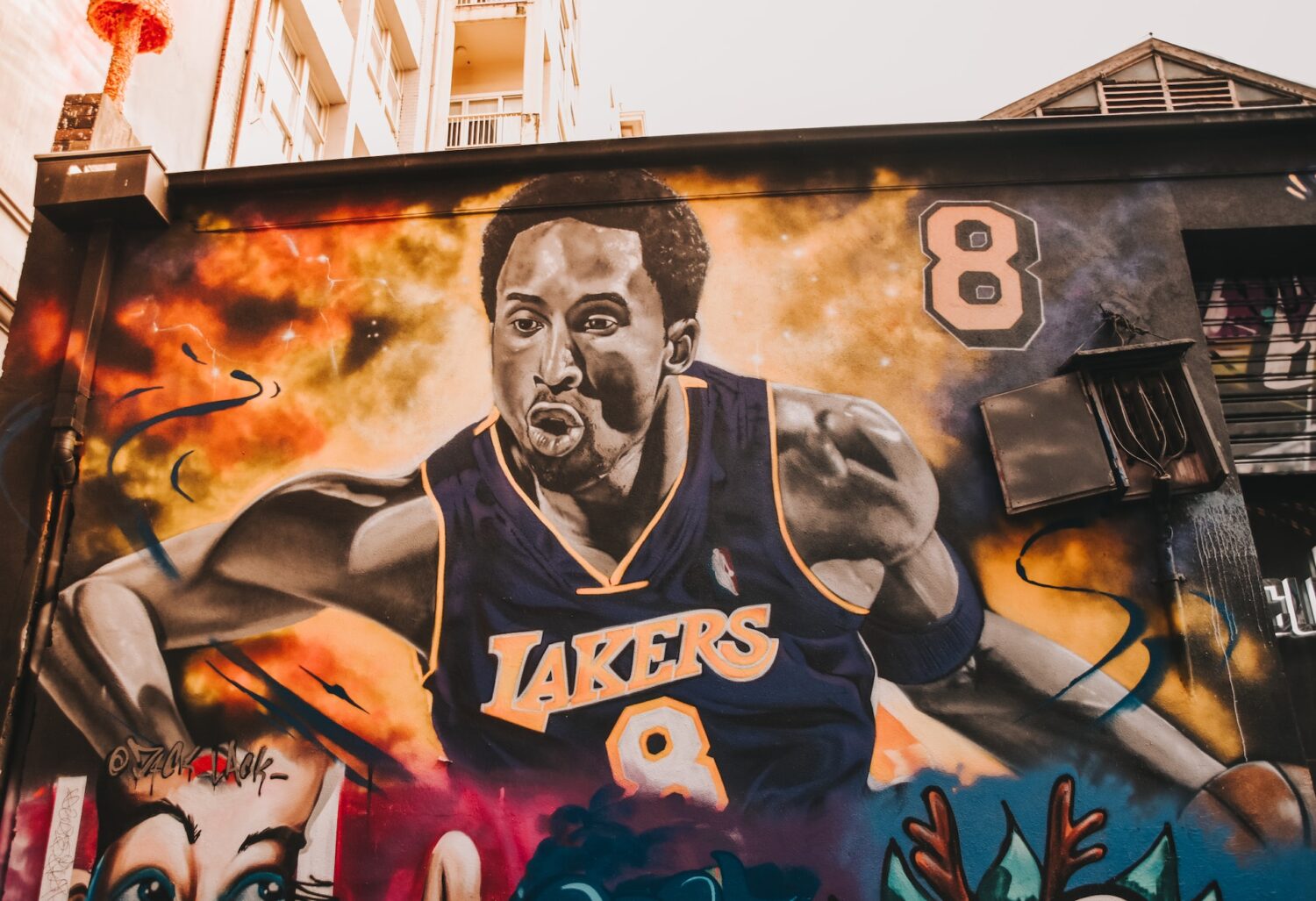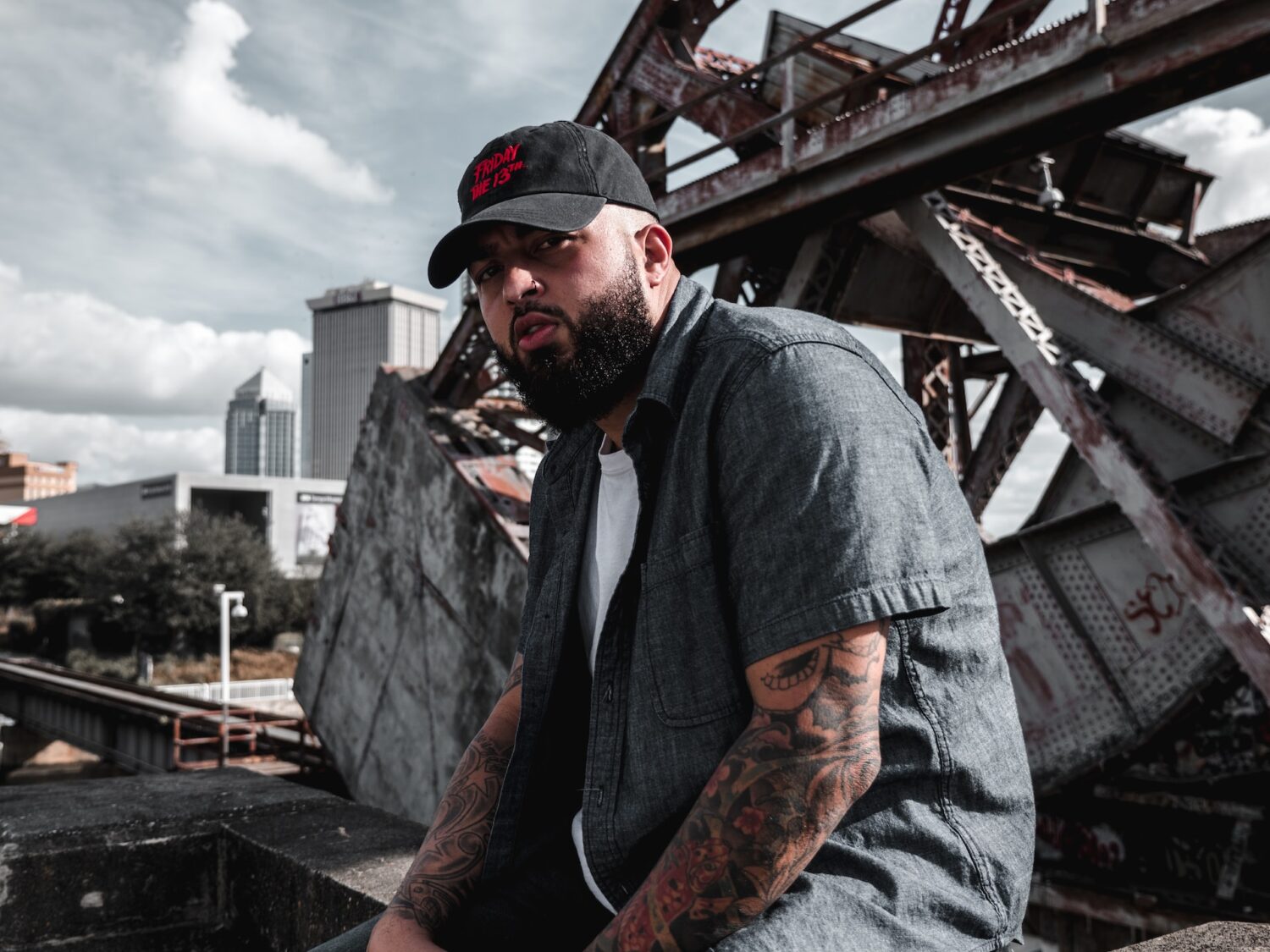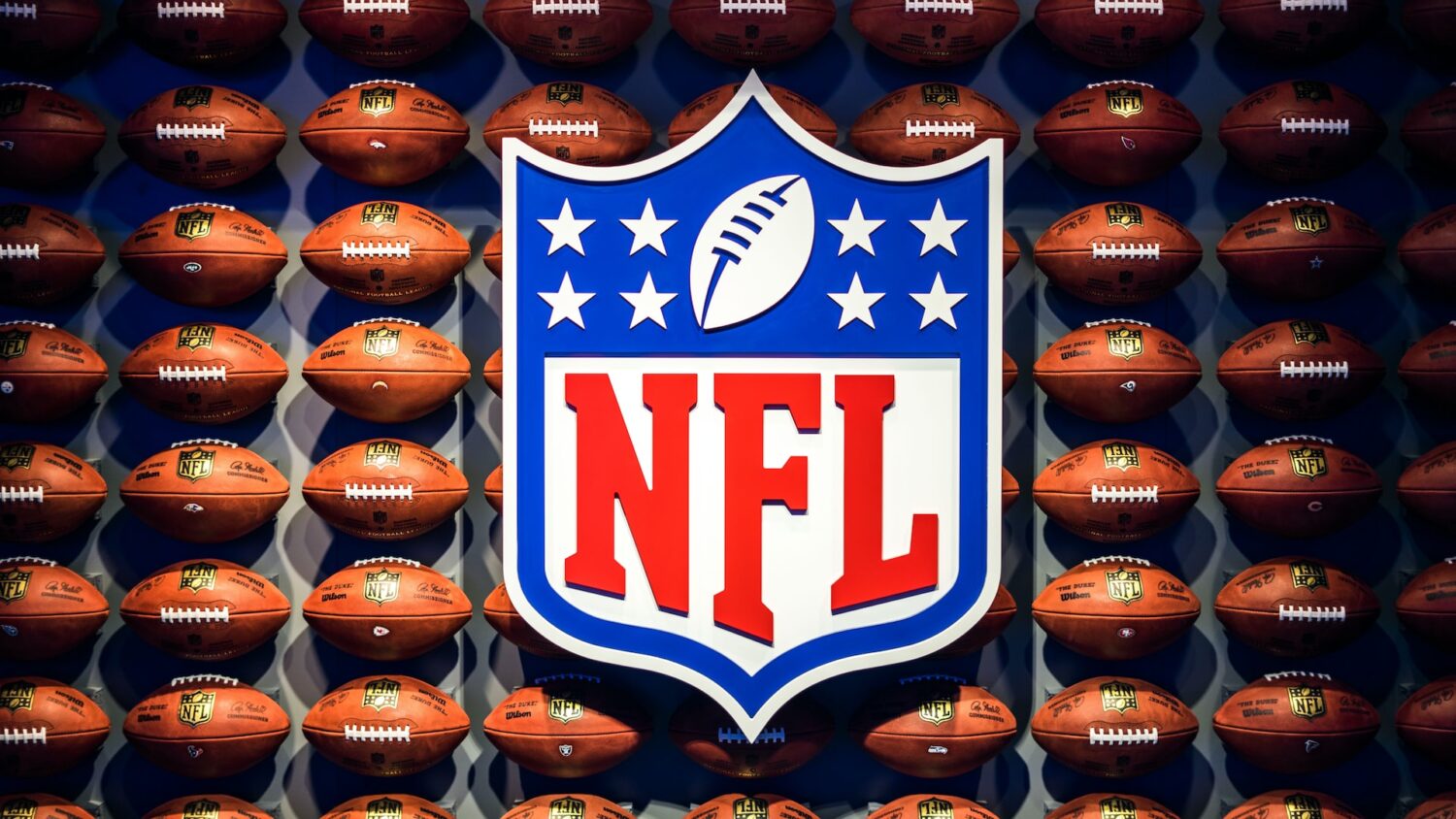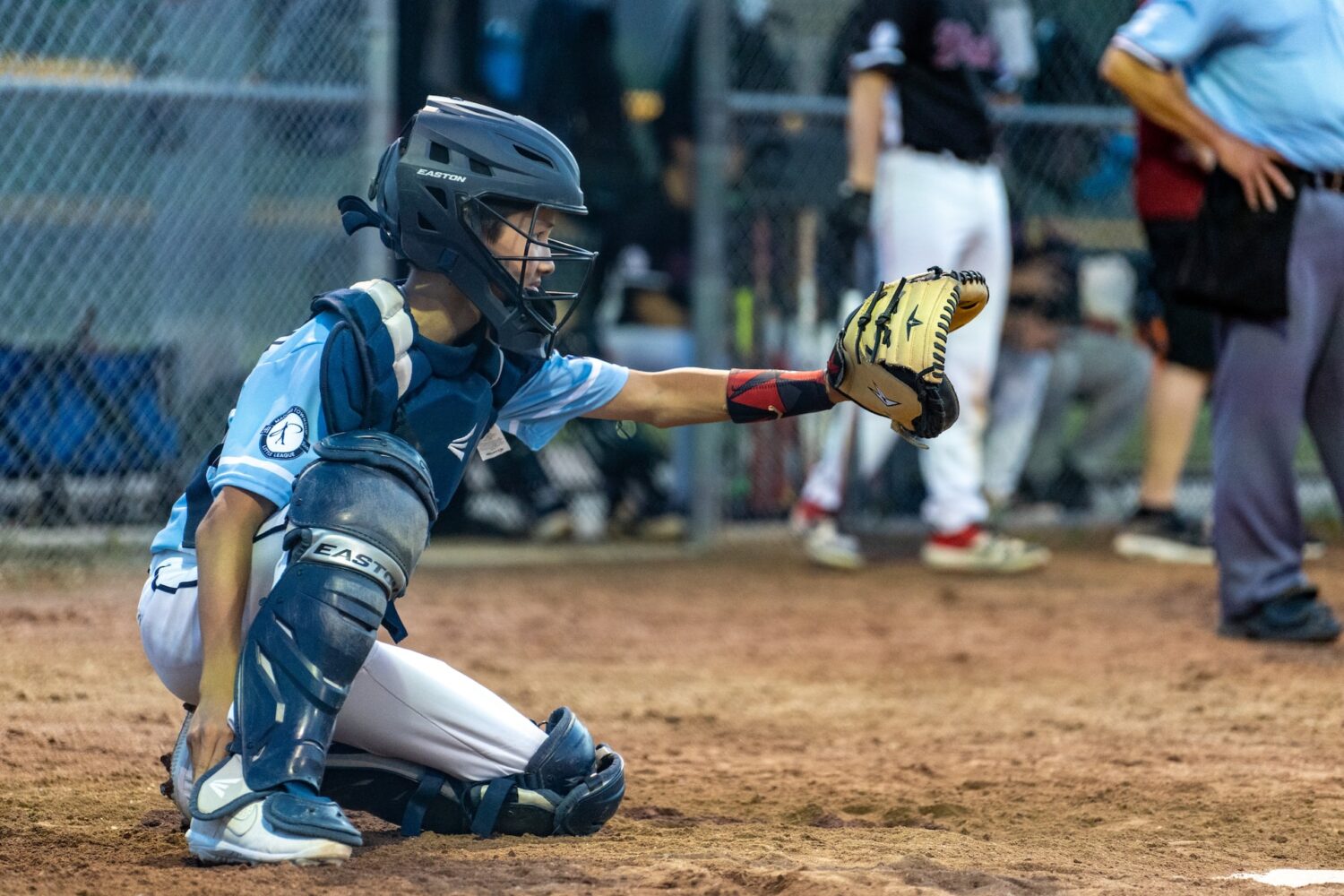For the Packers, everything comes down to Aaron Rodgers and his health. Rodgers missed multiple games again last season due to a collarbone injury. The Packers were looking like a strong contender in the NFC prior to the injury. But by the time Rodgers was healthy enough to return, the team had almost been mathematically eliminated.
The major drop in the team’s performance once Rodgers went out further proves his importance to the team and their success. As long as he is healthy, the Packers have a chance to go to another Super Bowl. As the new season approaches, it’s important to gauge the changes in personnel that could have an impact this year.

Long-time Packers wide receiver Jordy Nelson is no longer on the team, as he signed this offseason with the Oakland Raiders. While Nelson’s performance did gradually decline to some extent over the last couple of years, he was still a reliable option for Rodgers, particularly in the red zone.
The Packers felt they have enough capable young guys who are ready to step in and take on the added responsibility of being the go-to guy in critical situations. Wide receiver Davante Adams is the most likely candidate to come out as the winner of Nelson’s departure. He has flashed his skills in each of the last two seasons, and he has all of the physical traits to be the team’s number one wideout.
Meanwhile, Randall Cobb remains a solid option for Rodgers, as he runs high percentage routes that are a safety valve for the quarterback. And then there are the younger guys, who have a big opportunity in 2018. Geronimo Allison has already shown he could be a good fit in this offense given the chance. But the most interesting part of this year’s Packers draft is the fact that they went on a wide receiver selection spree, finding value in three of them in the later rounds. The most glaring wideout they took was Equanimeous St. Brown, who stands tall at 6’5, has the speed to outrun defenders, and the hands to snatch contested passes in coverage.
With so many intriguing options for Rodgers to choose from, could any of them truly replace Nelson’s role in the red zone? Whether or not that is the case, the Packers didn’t leave anything to chance. Perhaps realizing the time is now to ride Rodgers’ arm to another championship run, they went out and acquired tight end Jimmy Graham during the offseason. Graham’s role in Seattle was severely diminished from the one he had with Drew Brees in New Orleans. If the Packers are smart, they give him the chance to re-establish himself as the dominant weapon he used to be. I trust Rodgers to do just that, and this could be Graham’s best season in a long time (maybe ever).
As far as the running game is concerned, the Packers seem to have two highly promising young backs, both heading into their second year in the NFL. Aaron Jones and Jamaal Williams should each see their share of carries for Green Bay. But where does Ty Montgomery come in to the picture? Montgomery has all the tools to be a dangerous weapon for the Pack. A converted wide receiver turned running back, it goes without saying that he is the team’s best passing game threat out of the backfield, effortlessly picking up chunk plays on screens and dump offs. Ty Mont has also showed well running in between the tackles, but he has had issues staying healthy for an extended period of time.

The current running back depth chart at the start of camp has Jamaal Williams at the top, with Montgomery as the main backup, and Aaron Jones relegated to third string duties. But this doesn’t make sense if you look at their performances from a year ago. Jones was the best runner of the group, showing his explosiveness on multiple occasions. But perhaps the team likes what Williams brings to the table – he is a strong and physical runner, who lowers his shoulders, keeps his legs moving, and just continues to push forward to extra yards on every run. That type of no-nonsense running tends to keep the sticks moving and extends drives.
I would expect Montgomery to have the most secure role as the team’s third down and two-minute drill back, while also sprinkling in some runs in base formation. Williams and Jones will likely compete throughout the season for the early down work, with Williams currently ahead in the competition.
Defensively, the Packers need to get better across the board. The team was ranked just 22nd overall in total defense in 2017, giving up 348.9 yards per game. The pass defense was lackluster as well, permitting 237 yards per game, and a combined 30 touchdowns to just 11 interceptions on the season. They were slightly better against the run, ranking a middling 17th with a 112.1 rushing yards average.
Realizing they needed to shore up the backend of their defense, Green Bay targeted players for the secondary this offseason. Not only did they sign cornerback Davon House to another year and bring back CB Tramon Williams, the Packers also signed defensive tackle Muhammad Wilkerson, who should provide an immediate boost to the team, as an asset for stopping the run and rushing the passer.

In the draft, they selected cornerbacks with each of their first two picks this year, taking Jaire Alexander with the 18th overall pick, and later snagging former Iowa standout Josh Jackson in the second round. Jackson had long been considered a top-tier talent at his position. He was thought to be a guarantee to be taken in the first round, so it was no surprise the Packers went after him when he fell into their laps with the 45th overall pick.
Two of Green Bay’s next three picks were used to address the second level of the defense. They traded up into the third round to grab former Vanderbilt linebacker Oren Burks, and later selected outside linebacker Cole Madison in the fifth round. The Packers also used two late round picks to take defensive end James Looney as well as outside linebacker Kendall Donnerson in the seventh round.
The Packers have a tendency of building a roster through the draft. They seldom make a splash in free agency, but this year was different. They went all out in any way possible, showing their commitment to improve in fast order, and to take advantage of the current health of Aaron Rodgers.












